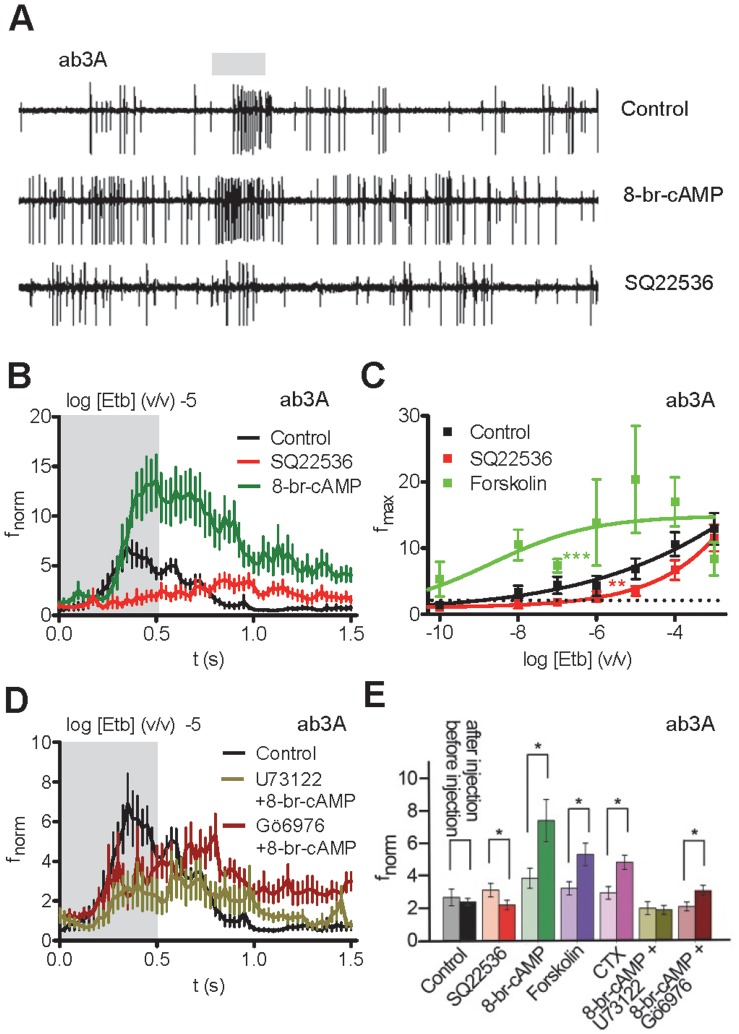Figure 3. Manipulation of cAMP signalling in Drosophila ab3 sensilla affects the odorant response.
A, Recordings of neuronal activity (large action potentials, Or22a neuron; small action potentials, Or85b neuron) before and after Etb stimulation (−5 v/v; 0.5 s, shaded area) in the presence of indicated compounds. While 8-br-cAMP enhances the Etb response, inhibition of adenylyl cyclase with SQ22536 attenuates it. B, Normalized spike frequency (fnorm) of ab3A upon Etb stimulation (0 to 0.5 s, shaded area) at indicated dilution after injection of saline solution (Control; n = 11), of 8-bromo-cAMP (n = 11; P<0.05, Mann-Whitney U test) and of the adenylyl cyclase inhibitor SQ22536 (n = 17; P<0.01, U test). C, Concentration dependence of the maximum frequency fmax of fnorm to Etb stimulation after saline, forskolin and SQ22536 injection (**P<0.01, ***P<0.001, ANOVA). D, fnorm as described in (B) after injection of saline solution (Control; n = 11), U73122 plus 8-br-cAMP (n = 10; P = 0.18, U test), and Gö6976 plus 8-br-cAMP (n = 17; P = 0.16, U test). In the presence of the PLC or PKC inhibitors 8-br-cAMP fails to enhance the odor response. E, Comparison of treatment effects on Etb response before and after microinjection. fnorm on Etb stimulation (0.5 s) as determined from area under the curve measurements of the total response (1.35 s). Responses to Etb were measured 20 s after commencement of recording (before injection) and 200 s after injection (after injection) of the control (n = 11), SQ22536 (n = 17), 8-br-cAMP (n = 11), forskolin (n = 9; data from Olsson et al., 2011), cholera toxin (CTX; n = 12), 8-br-cAMP plus U73122 (n = 10), and 8-br-cAMP plus Gö6976 (n = 17). Error bars represent s.e.m. Asterisks indicate significant differences (P<0.05, Paired Wilcoxon Signed-Rank Test).

